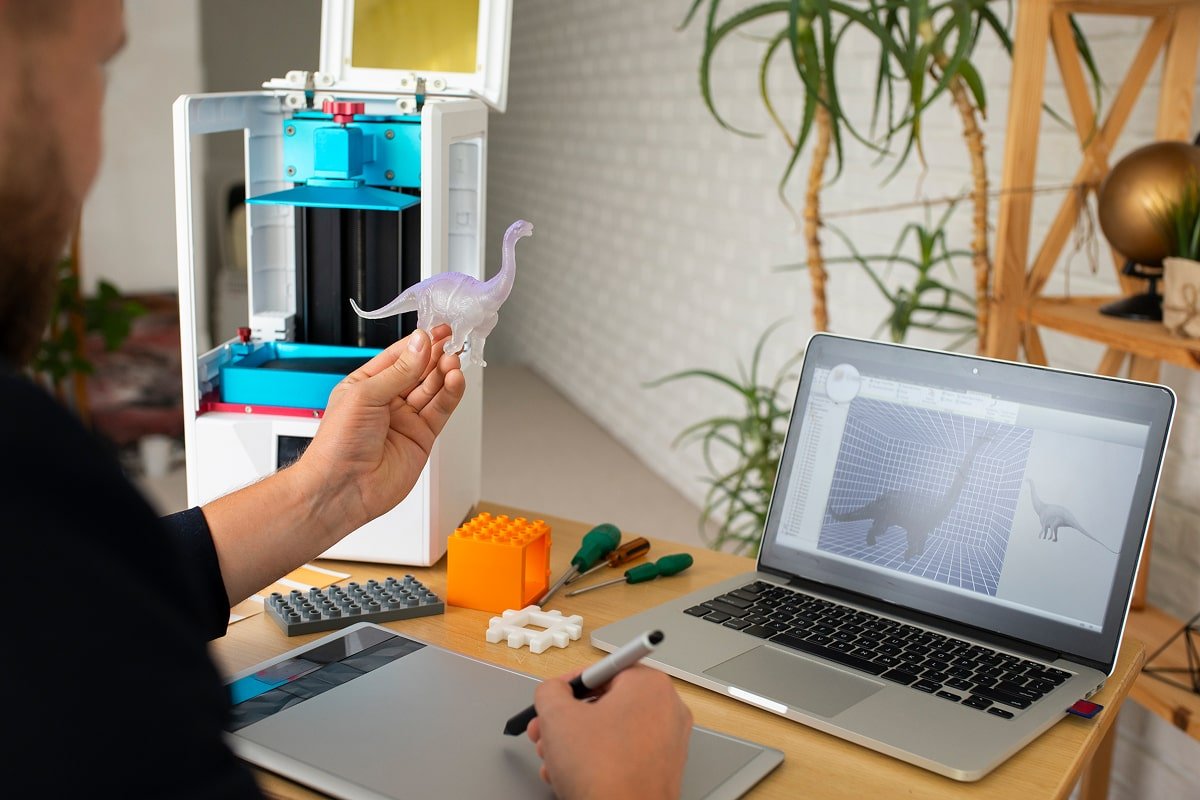Get In Touch
Talk To An Expert Today
We understand that every business is unique, and that’s why we offer flexible and
customized
solutions to meet
your requirements.

The 3D printing industry has grown rapidly over the past decade, revolutionizing manufacturing, healthcare, aerospace, and even consumer goods. However, despite its innovation and potential, many 3D printing businesses face a major hurdle: payment processing.
Traditional banks and payment processors often classify 3D printing companies as high-risk, making it difficult to secure reliable payment solutions. This can lead to frozen funds, sudden account terminations, and lost revenue.
In this guide, we’ll explore why 3D printing businesses are considered high-risk, the challenges they face with payment processing, and how partnering with the best high-risk payment processors can solve these issues.
1. High-Value Transactions & Chargeback Risks
3D printing services often involve large transactions, especially for industrial or custom manufacturing projects. High-ticket sales increase the risk of chargebacks—when customers dispute a payment after receiving the product.
Since 3D printed items are often custom-made, buyers may claim dissatisfaction, leading to disputes. Payment processors see this as a financial risk, making it hard for 3D printing businesses to get approved for standard merchant accounts.
2. Regulatory & Legal Uncertainties
The 3D printing industry operates in a gray area when it comes to regulations. Issues like:
Because of these uncertainties, many payment processing companies for high-risk industries are cautious about working with 3D printing businesses.
3. Fraud & Scam Risks
Fraudsters may use stolen credit cards to order expensive 3D prints, leaving the business liable when the real cardholder disputes the charge. Since 3D printing is still a niche market, fraud detection systems may not be optimized for it, increasing the risk for payment processors.
4. Industry Volatility & Long Delivery Times
Unlike eCommerce stores selling ready-made products, 3D printing services often involve:
If a customer gets impatient and files a chargeback before receiving their order, the business loses money—another reason why payment processor for 3D printing services providers categorize them as high-risk.
1. Account Freezes & Sudden Terminations
Many traditional payment processors have strict policies against high-risk industries. If they detect too many chargebacks or suspicious activity, they may:
This can cripple cash flow and disrupt business operations.
2. Difficulty Getting Approved for Merchant Accounts
Most banks avoid high-risk industries, forcing 3D printing businesses to seek alternative solutions. Without a reliable payment processor for 3D printing services, companies may struggle to accept credit cards or online payments.
3. High Processing Fees & Reserve Requirements
High-risk businesses often face:
These extra costs eat into profits, making it crucial to find the best high-risk payment processors with fair terms.
4. Limited Payment Options for Customers
If a 3D printing business can only accept bank transfers or cryptocurrency, it loses customers who prefer credit cards or digital wallets. A good payment processing company for high-risk businesses should offer multiple payment methods.
1. Specialized Merchant Accounts for High-Risk Industries
Unlike traditional processors, high-risk payment providers understand the unique needs of 3D printing companies. They offer:
2. Better Approval Rates & Faster Setups
The best high-risk payment processors have streamlined approval processes, allowing 3D printing businesses to start accepting payments quickly—sometimes within days instead of weeks.
3. Chargeback Protection & Dispute Management
Top providers offer:
4. Multiple Payment Options
A good payment processing company for high-risk industries will support:
Credit & debit cards (Visa, Mastercard, Amex)
Digital wallets (Apple Pay, Google Pay)
Cryptocurrency payments (Bitcoin, USDT)
Bank transfers & ACH payments
This flexibility helps attract more customers.
5. Offshore Payment Solutions for Global Sales
Many 3D printing businesses sell internationally, but cross-border payments come with extra fees and delays. Offshore high-risk processors can provide:
1. Look for Industry Experience
Not all high-risk processors work with 3D printing. Choose one that has experience with:
2. Compare Fees & Contract Terms
Avoid processors with:
3. Check Fraud & Chargeback Prevention Features
The best high-risk payment processors offer:
4. Ensure Reliable Customer Support
Since payment issues can arise anytime, choose a provider with:
5. Read Reviews & Case Studies
Look for testimonials from other 3D printing businesses to ensure the processor is reliable.
3D printing businesses face unique payment processing challenges due to their high-risk classification. Without a specialized payment processor for 3D printing services, companies risk frozen funds, account shutdowns, and lost sales.
By partnering with the best high-risk payment processors, 3D printing businesses can:
Accept payments without interruptions
Reduce chargebacks & fraud risks
Expand globally with multi-currency support
Avoid sudden account freezes
If your 3D printing business struggles with payment processing, it’s time to switch to a high-risk payment solution designed for your industry.
Get In Touch
We understand that every business is unique, and that’s why we offer flexible and
customized
solutions to meet
your requirements.